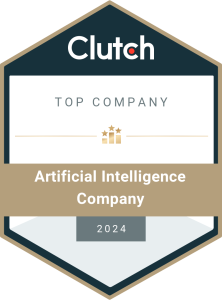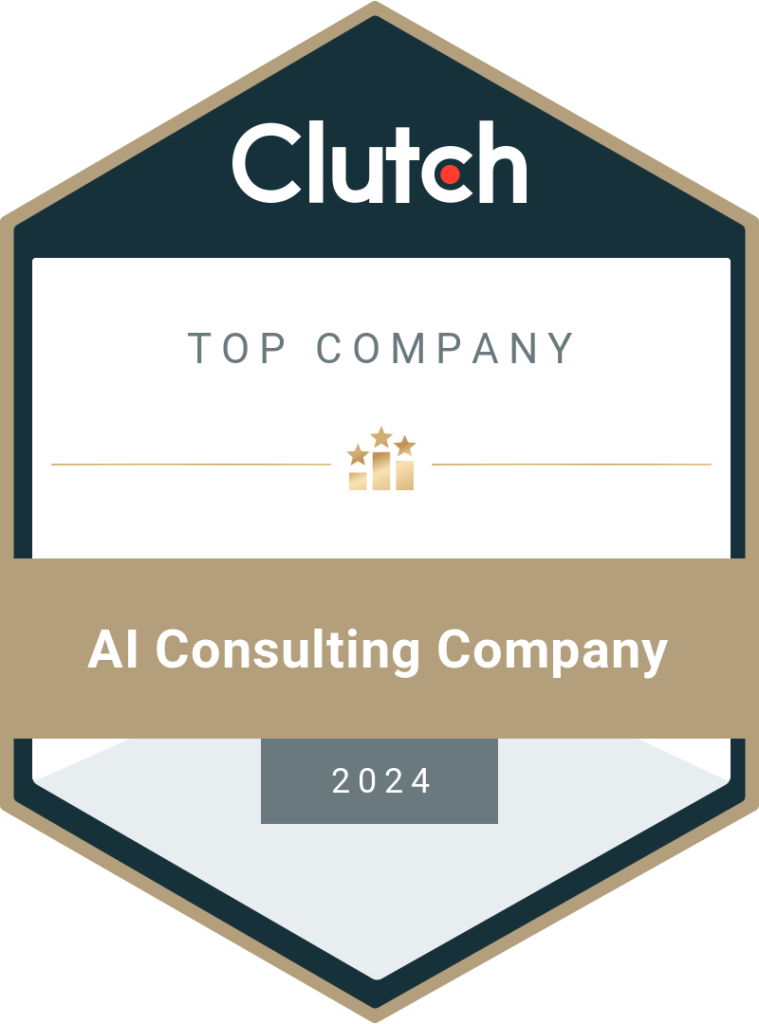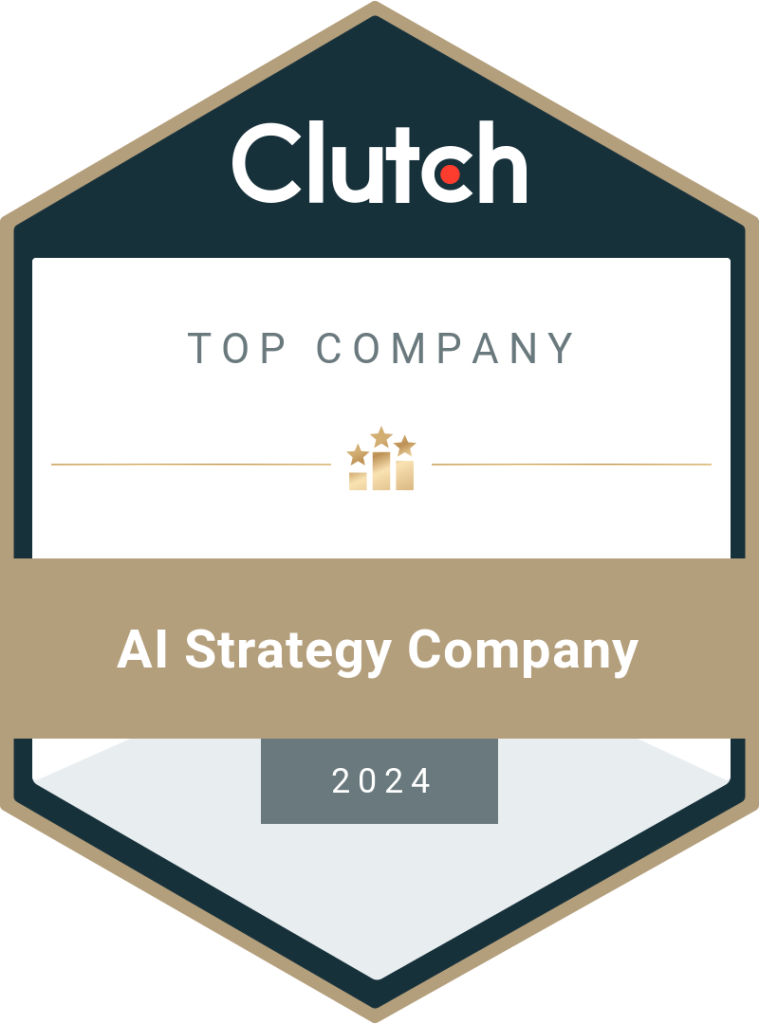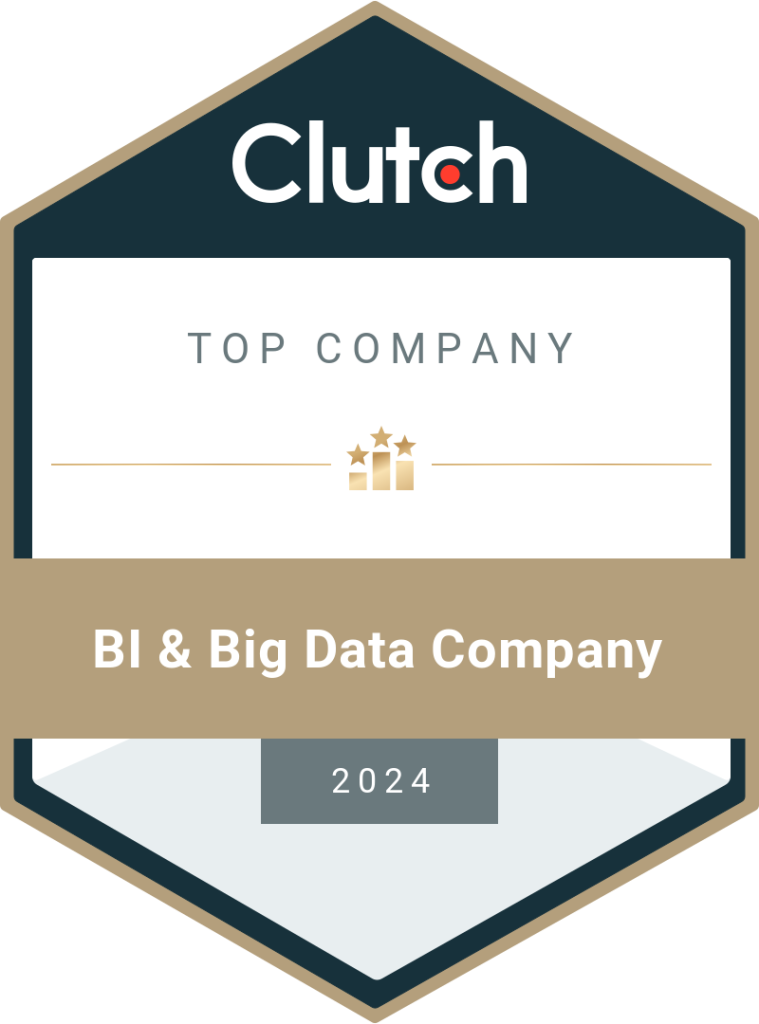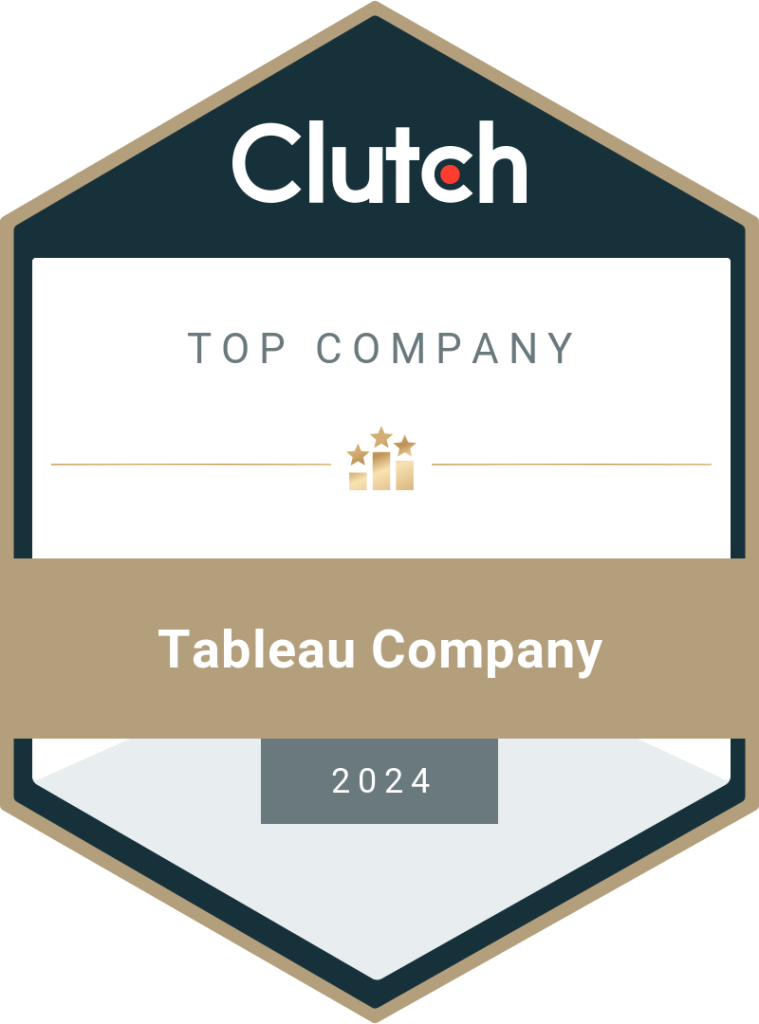Power BI for Banking: Dashboard to Analyze Financial Operations
Power BI is a product by Microsoft developed to help with business analytics. Power BI is an effective tool for banks to track KPIs and streamline their services. This blog elaborates on the role of Power BI in the banking industry. Let’s see how consultants help banks use Power BI. With the various technology solutions available and implemented in the banking industry, a lot of staple tasks are already eased with them. Banks are always bustling with activity. Customers come to deposit money, withdraw money, apply for loans, and so on. The multitudes of transactions per day are a part of the process. The yearly balance sheet with profit and loss is one way to measure a bank’s success. However, it’s not enough. Banks need to know what and how their customers feel. How is the bank’s performance when measured against the KPIs? Are the procedures easy for customers to follow? How can a bank identify where the problem lies? Business analytics is the answer to these questions. Power BI is an effective data analysis tool developed by Microsoft. Banks can collect data from multiple sources and measure their performance using a single platform. Power BI consulting partners assist banks in using this effective tool to track KPIs and analyze the success of their financial operations. What is Power BI? Power BI is a collection of software, apps, and connectors that gather data from multiple sources, convert it to a readable format and derive insights through data analysis. The insights help make the right decisions to boost the business and increase customer satisfaction. It is a well-known product of Microsoft and has three major components: Why should banks consider Power BI? Power BI is not limited to data analytics. It is also a data visualization tool that generates customized reports for the given information. Data is collected, processed, and monitored in real-time. Power BI can help banks track the profitability ratio of customers, products, and services, as well as the branch’s performance against all KPIs (Key Performance Indicators). Business enterprises and banks use Power BI to access the latest insights and get a complete perspective of their operations. The Power BI banking dashboard gives banking professionals a deeper and better understanding of their services and customers’ response to the services. Power BI is mainly used for the following: How to use Power BI for Banking? A banking dashboard is a business intelligence tool where data collected from multiple systems across the bank is presented on a single platform. The employees and management can access all information through the dashboard. From customers’ accounts to loans, deposits, and defaulters, the analytics dashboard shares the overall picture of the bank in real-time. Power BI is indeed a powerful tool for developing the banking dashboard to track the firm’s performance based on factors such as customer trends, new process results, financial operations, and so on. The dashboard has various elements, ranging from KPIs assigned, KPIs comparison, customer acquisition ratio, etc. Banks can add or delete elements in the dashboard to customize as per their requirements. Power BI is used in the banking industry to create the dashboard to manage data and derive insights. The BI tool gathers data from the given sources and analyzes them to share the comparisons and insights on the dashboard. Banking professionals can measure how well the bank is delivering the expected results and identify the areas for improvement. Banking KPIs/Visuals that can be Tracked on Power BI Dashboard Financial transactions play a vital role in the banking sector. Customers are directly involved in the process and can impact the bank’s success. Even though there is no definite list of KPIs a bank has to monitor, the following are commonly used by banks and financial institutions. Power BI service providers assist banks in designing and customizing the dashboard to include the necessary KPIs and track performance. Financial KPIs Expenses Expenses are the costs incurred by banks for daily operations. These are divided into interest and noninterest categories. Revenue The inflow of cash to a bank is called revenue and can be classified as deposit fee, transaction fee, service fee, loan interest, and so on. Operating Profit This amount is obtained by subtracting expenses from revenue. For a bank to do well, the revenue should be more than the expenses. Return on Assets The net income of the bank is divided by the total number of assets to determine the return on assets. Assets Under Management Usually termed AUM, it shows the total value of assets managed by the bank. This KPI is measured quarterly by most banks. Return on Equity The total bank income divided by the equity owned by shareholders gives the return on equity and is measured in percentages. Operational KPIs Total Deposits and Loans A bank with high deposits is considered reliable and trustworthy. By measuring the loan growth against the overall progress, banks will know if they are on the right track. Customer Satisfaction Score The customer satisfaction score is calculated based on trends, demographics, industry sentiments, response rate, feedback, surveys, etc. Net Charge-off Rate The net charge-off rate is the ratio of recovered debt to gross charge-offs. It shows the unrecovered debt of the banks and helps in maintaining a lower rate by making better decisions. Efficiency Ratio It shows how well the bank is managing the assets and liabilities in the long term. The efficiency ratio is derived by dividing operational expenses by revenue. Actionable Advice for Data-Driven Leaders Struggling to reap the right kind of insights from your business data? Get expert tips, latest trends, insights, case studies, recommendations and more in your inbox. Benefits of Power BI for Banks Why use Power BI for banking? What benefits does the data analytics tool offer banks and financial institutions? How does Power BI help banking professionals? Tips for a Successful Power BI Implementation Power BI in the banking industry is no longer a theory. Many banks have successfully integrated Power BI into the existing systems. Role of DataToBiz in Serving a Renowned
Read More